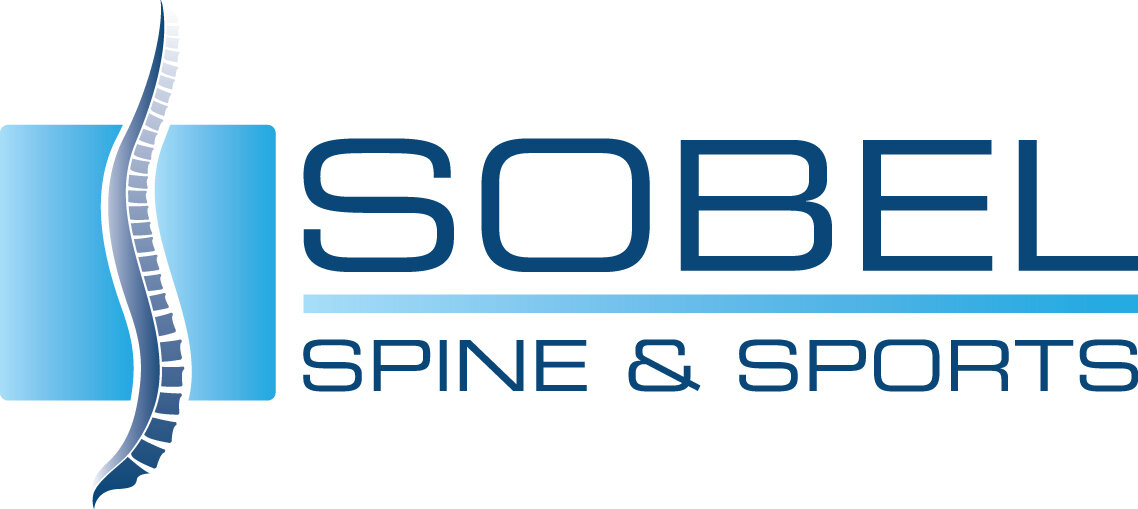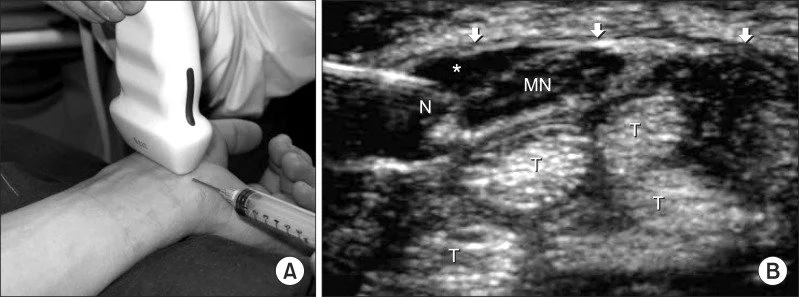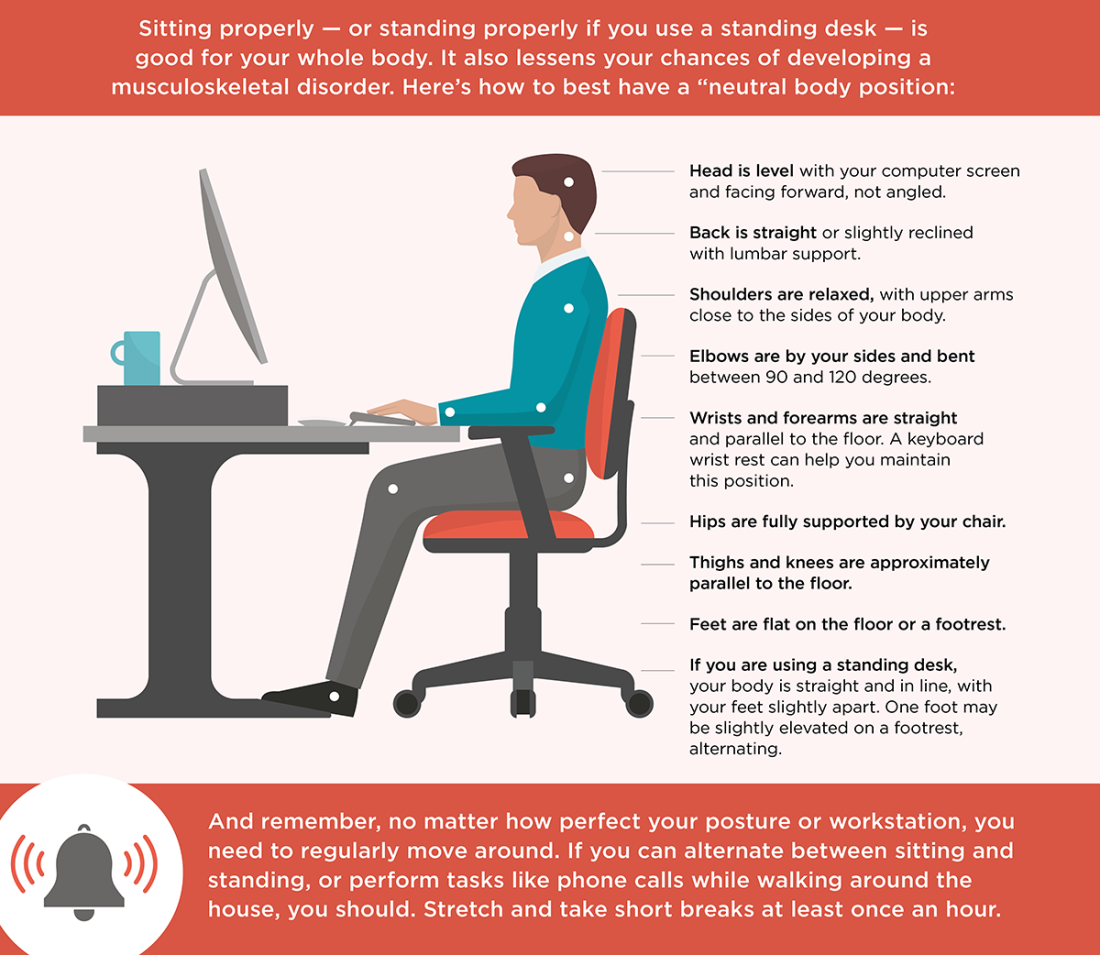Understanding and Treating Carpal Tunnel Syndrome
Do you frequently experience tingling, numbness, or pain in your hand or wrist—especially at night or after repetitive tasks? You may be dealing with Carpal Tunnel Syndrome (CTS). This common nerve condition affects millions and can significantly impact daily activities, work, and sleep.
At Sobel Spine & Sports in Phoenix, we specialize in non-surgical, targeted care for carpal tunnel syndrome. Our patient-first approach focuses on helping you regain comfort, mobility, and confidence.
What Is Carpal Tunnel Syndrome?
Carpal tunnel syndrome occurs when the median nerve, which runs from the forearm into the palm of your hand, becomes compressed at the wrist. This compression takes place inside a narrow tunnel in the wrist made up of bones and ligaments — called the carpal tunnel.
The result? Pain, tingling, or weakness in the hand, particularly in the thumb, index, middle, and part of the ring finger.
Carpal Tunnel Syndrome
Diagram showing the carpal tunnel, median nerve, and surrounding structures in the wrist.
Symptoms of Carpal Tunnel Syndrome
Numbness or tingling in the thumb, index, and middle fingers
Hand weakness or trouble gripping
Burning or aching that may extend up the forearm
Nighttime symptoms or discomfort while driving, holding a phone, or typing
What Causes Carpal Tunnel Syndrome?
CTS is often caused by repetitive hand motions or prolonged wrist flexion, but many underlying risk factors can contribute:
Typing, assembly-line work, or tool use
Pregnancy (fluid retention)
Wrist fractures or arthritis
Medical conditions like diabetes or thyroid dysfunction
Anatomically narrow carpal tunnels
How Is Carpal Tunnel Syndrome Diagnosed?
At Sobel Spine & Sports, diagnosis begins with a thorough medical history and physical examination. We often perform specific tests such as:
Tinel’s sign: Light tapping over the median nerve to check for tingling
Phalen’s maneuver: Flexing the wrist to reproduce symptoms
Nerve conduction studies (NCS) and electromyography (EMG): These tests help measure how well your median nerve is functioning and rule out other conditions such as cervical radiculopathy or peripheral neuropathy.
Tinel’s sign: Light tapping over the median nerve to check for tingling
Electrodiagnostic Testing
Electrodiagnostic testing also known by many as an EMG test. In the case of carpal tunnel syndrome they are an invaluable test to determine if there is compression of the median nerve at the wrist. The test is also helpful for assess whether any other conditions are present just as a pinched nerve in the neck or a more generalized problem such as a peripheral neuropathy. Sometimes the physician performing the examination finds overlapping problems. This is known as a double crush injury.
Watch and EMG test being performed
Conservative Treatment Options
Most patients benefit from non-surgical treatment, especially when diagnosed early. At Sobel Spine & Sports, we develop custom treatment plans that may include:
1. Activity Modification
Avoid or reduce repetitive tasks that exacerbate symptoms, such as prolonged keyboard use or repetitive wrist motions.
2. Wrist Splinting
Wearing a wrist splint, especially at night, helps keep the wrist in a neutral position, relieving pressure on the nerve.
3. Anti-inflammatory Medications
NSAIDs such as ibuprofen may reduce inflammation and pain. In some cases, prescription-strength medications may be recommended.
4. Corticosteroid Injections
A guided corticosteroid injection into the carpal tunnel can reduce swelling around the nerve. At our clinic, this is performed with ultrasound guidance to enhance precision and effectiveness.
Ultrasound-guided corticosteroid injection for carpal tunnel syndrome.
When Is Surgery Considered?
If symptoms are severe or do not improve with conservative measures, carpal tunnel release surgery may be considered. This outpatient procedure involves cutting the ligament pressing on the median nerve to relieve pressure.
Surgical outcomes are typically favorable, but recovery may take several weeks, and rehabilitation exercises are often needed.
Preventing Carpal Tunnel Syndrome
Although not all cases can be prevented, these strategies may help reduce your risk:
Take frequent breaks from repetitive tasks
Use proper wrist posture while typing
Stretch your hands and wrists regularly
Use ergonomic tools and supports
Ergonomic Desk, Chair and Keyboard Setup
Frequently Asked Questions
Carpal tunnel syndrome is a condition caused by compression of the median nerve as it passes through the carpal tunnel in the wrist. It leads to numbness, tingling, and weakness in the hand and fingers.
Symptoms include numbness or tingling in the thumb, index, and middle fingers, hand weakness, difficulty gripping objects, and pain that may radiate up the arm, especially at night.
Common causes include repetitive hand movements, prolonged keyboard or tool use, wrist anatomy, pregnancy, diabetes, and inflammatory conditions like rheumatoid arthritis.
Non-surgical options include wrist splinting, activity modification, ergonomic adjustments, corticosteroid injections, and physical therapy. Early treatment is key to preventing progression.
If symptoms persist beyond a few weeks, worsen over time, or interfere with daily activities and sleep, it's important to see a specialist like Dr. Jerry Sobel for diagnosis and individualized treatment.
Why Choose Sobel Spine & Sports?
At Sobel Spine & Sports, Dr. Jerry Sobel, a board-certified Physiatrist, brings decades of experience in treating nerve and musculoskeletal conditions. We provide:
State-of-the-art diagnostics, including ultrasound and EMG
Targeted, image-guided therapies for precision and safety
A compassionate, individualized care approach focused on long-term relief
If you’re experiencing wrist or hand symptoms and suspect carpal tunnel syndrome, we encourage you to schedule a consultation. Early intervention is key to preventing permanent nerve damage and restoring normal hand function.
Schedule an Appointment
Get the care you need from a trusted specialist. Contact Sobel Spine & Sports today to schedule your evaluation. Relief is possible—let us help you return to the activities you enjoy.
📞 Call us: 602-385-4160
📍 Visit us: 4550 E Bell Road, Suite 110, Building 2, Phoenix, AZ 85032
🌐 Website: www.sobelspineandsports.com





